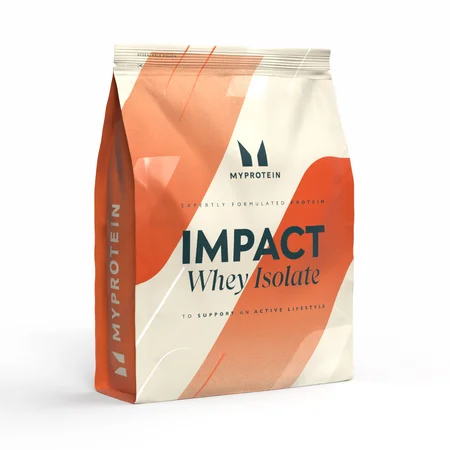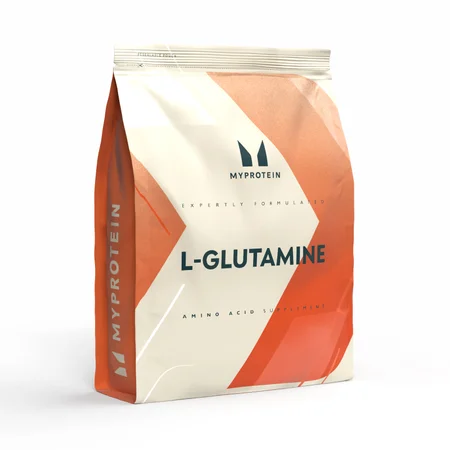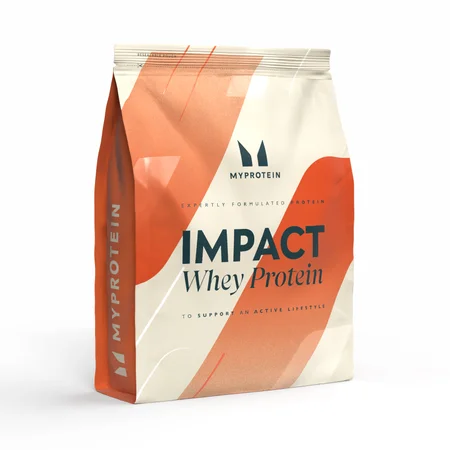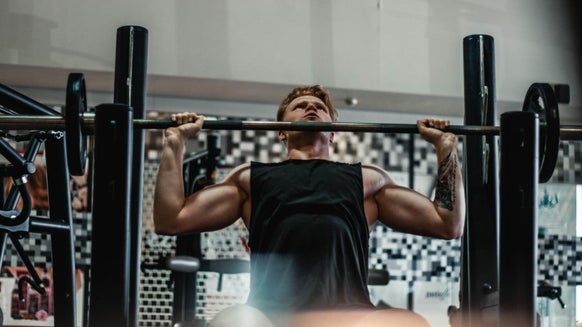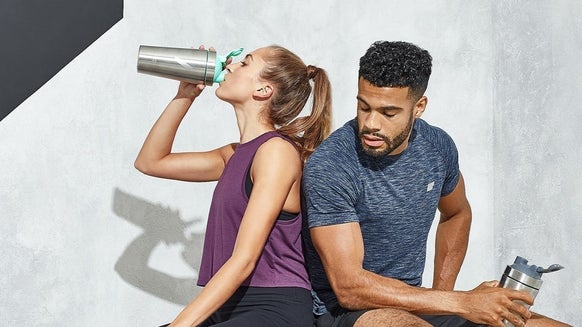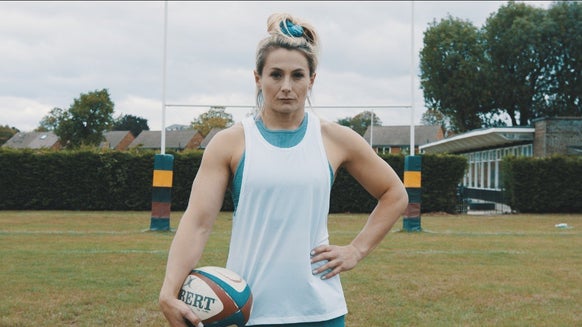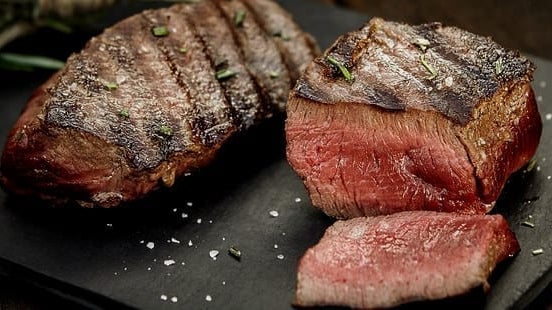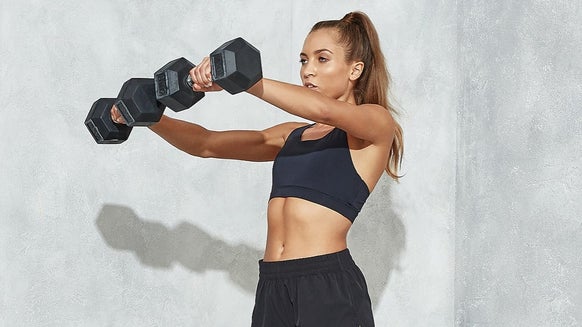Why You Shouldn’t Take Painkillers For Muscle Soreness
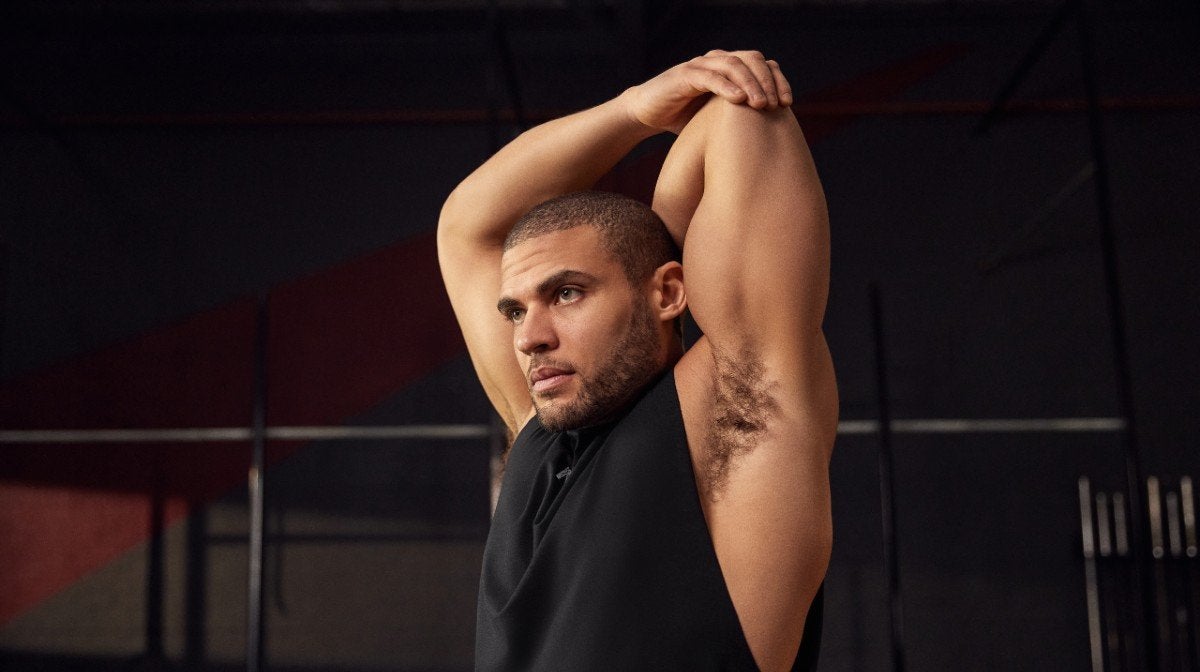
Whether you’re a frequent gym goer or you attend casually, chances are you’ve experienced the discomfort known as DOMS. You may have thought of taking painkillers as an effective way of alleviating the post-workout soreness.
Some people even take painkillers immediately after exercise as a preventative measure, but is it doing more harm than good?

What are the risks of taking painkillers for muscle soreness?
Taking painkillers such as paracetamol can help to reduce the discomfort of DOMS, though other over the counter drugs can also achieve this same effect. It is perfectly safe and effective to take paracetamol to manage the symptoms of DOMS - if stronger painkillers are required, then you may need to reassess whether the discomfort is solely the result of DOMS, or whether it may also be an injury.
Using non-steroidal anti-inflammatory drugs (NSAIDs) such as ibuprofen can also help to manage the symptoms of DOMS, although this is not recommended as they can blunt the inflammatory healing response that occurs when the body is repairing muscle tissue damaged by exercise. Mitigating this response will ultimately reduce the magnitude of training adaptations made.
Painkillers can block warning signals
Delayed Onset Muscle Soreness (DOMS) happens to almost all lifters after a strenuous workout. For many, it’s considered “good pain”. It shows that your body is repairing and growing. Most people are able to distinguish between this prolonged aching and the pain from an injury.
However, taking pain medication dulls these pain receptors. So, whilst it can feel good to power through a workout, you could also be masking an injury. Whilst “good pain” signals a step towards your fitness goals, regular pain is a warning. Blocking this out with painkillers could result in injuries being exacerbated, resulting in having to take a prolonged break from training, such as straining a pulled muscle.
They can reduce your gains
There have been a number of studies into the effects of painkillers on muscle gain. Though the studies do not produce one conclusive answer, it is suggested that painkillers can interfere with protein synthesis.
While this is of course not ideal, it is unlikely to result in a significant detriment that will substantially influence your performance or muscle growth, particularly when taken over a short and temporary period.
Painkiller dependence
Taking painkillers unnecessarily is never advisable. Of course, if you are suffering from acute injuries such as ligament sprains or muscle strains, then your doctor might recommend painkillers. However, taking painkillers on a regular basis as part of your workout routine could seriously harm your health.
The heart and kidneys are put at risk from overuse of painkillers. Long-term use of painkillers can also cause muscle spasms. If you do end up using pain killers after a session, try to avoid making it a regular habit in order to avoid any adverse effects.
Alternative Remedies
While painkillers can offer temporary relief from pain and discomfort after a strenuous session, there are other methods of achieving the same result. Here, we’ll outline some of our favourite ways to boost your recovery.
Sports massages
Similar to foam rolling, this can help to alleviate the symptoms of DOMS temporarily, reducing pain and soreness. Additionally, heat and blood flow will be increased, so increased circulation will also be achieved.
Ice baths
Cooling muscles after exercise can reduce the inflammatory response occurring at the muscle by causing vasoconstriction, thus limiting the volume of blood flow to the muscles. Ultimately this can blunt the effects of DOMS, meaning you will be less likely to experience significant pain and stiffness after training.
Knowing your own limits
Maximal Recoverable Volume, or MRV, refers to the maximum amount of training that you can perform, whilst still being able to recover from training effectively. As an example, if you are training with a friend who is more experienced than you, you may be tempted to introduce more training volume to keep up with them, but this is likely to result in additional volume that you are not capable of recovering from, resulting in significant DOMS.
Warming up and down
Increasing muscle temperature not only results in improved performance from the working muscles, but it also reduces the risk of injury, such as muscle strains. An effective warm up can help to mobilise muscles and joints, temporarily mitigating the negative sensations associated with DOMS such as pain and stiffness.
Painkillers and muscle soreness - FAQs
Can I take paracetamol for muscle soreness?
Yes, but try not to make a habit of it. Reserve this for when you suspect a minor injury that is causing pain. DOMS will dissipate by themselves over a couple of days when sleep and nutrition is sufficient to support recovery.
Can I take ibuprofen for muscle soreness?
You can, and this will also reduce symptoms of muscle soreness, however, ibuprofen is an anti-inflammatory. This means that the inflammatory healing response to muscle damage will be blunted, mitigating training adaptations such as hypertrophy.
What’s the best solution to muscle soreness?
Sleep and nutrition. Muscle soreness is a sign of exercise induced muscle damage, which is normal. The best way to manage this and make positive training adaptations is to get a sufficient amount of sleep and enough protein/calories to support the recovery process.
Take Home Message
Yes, it is okay to take painkillers to manage muscle soreness, but this should be done sparingly in order to ensure you do not interfere with the training adaptations that you are working hard for. Ibuprofen should generally be avoided, unless you suspect a minor injury. Overall, your go-to for managing muscle soreness should be nutrition (protein + calories) and sleep.
Enjoy this article?

